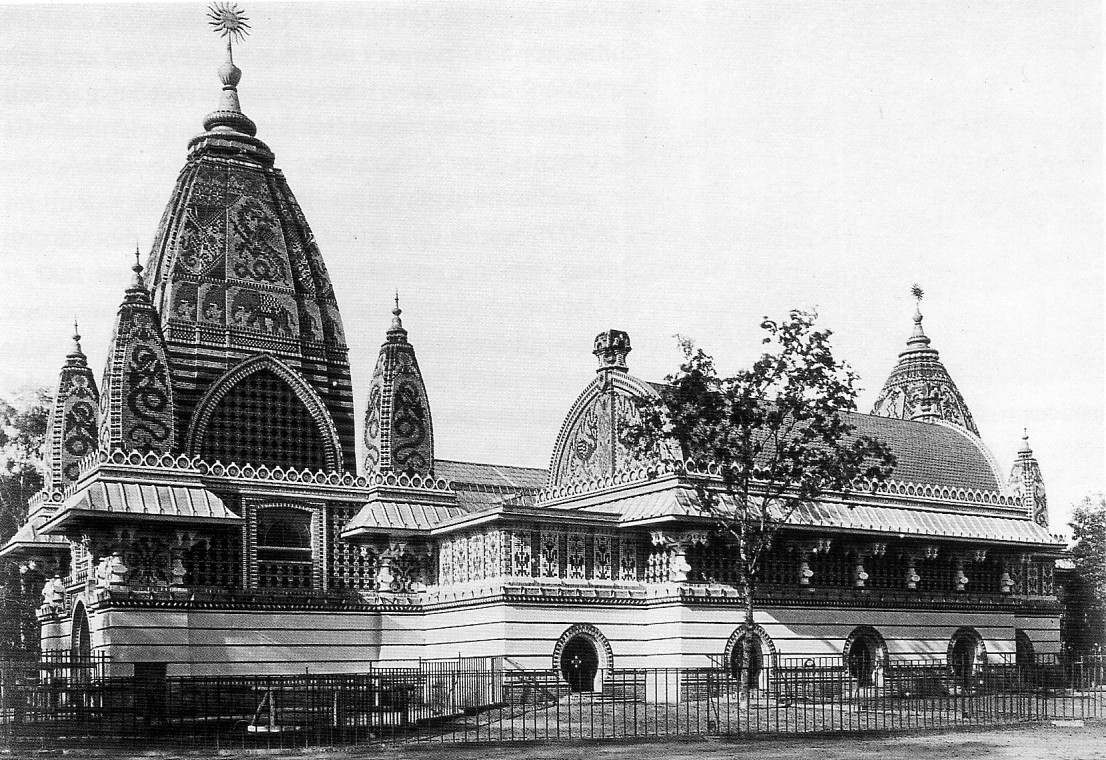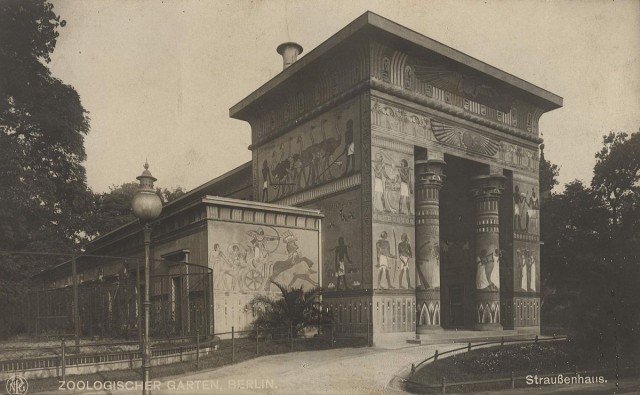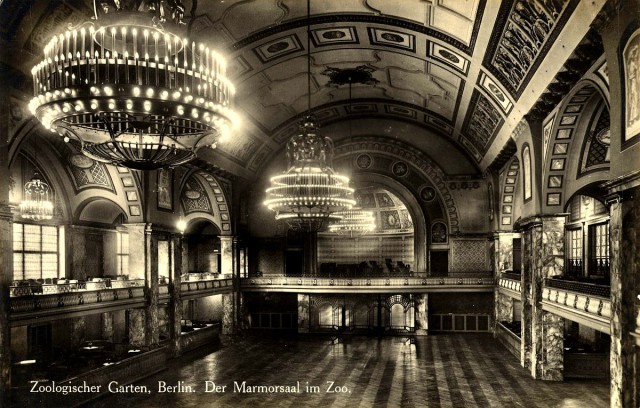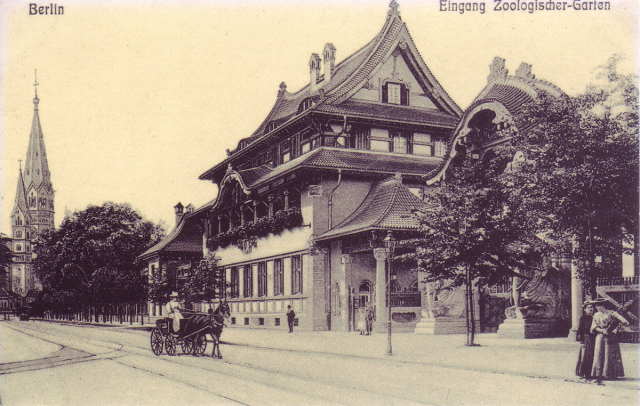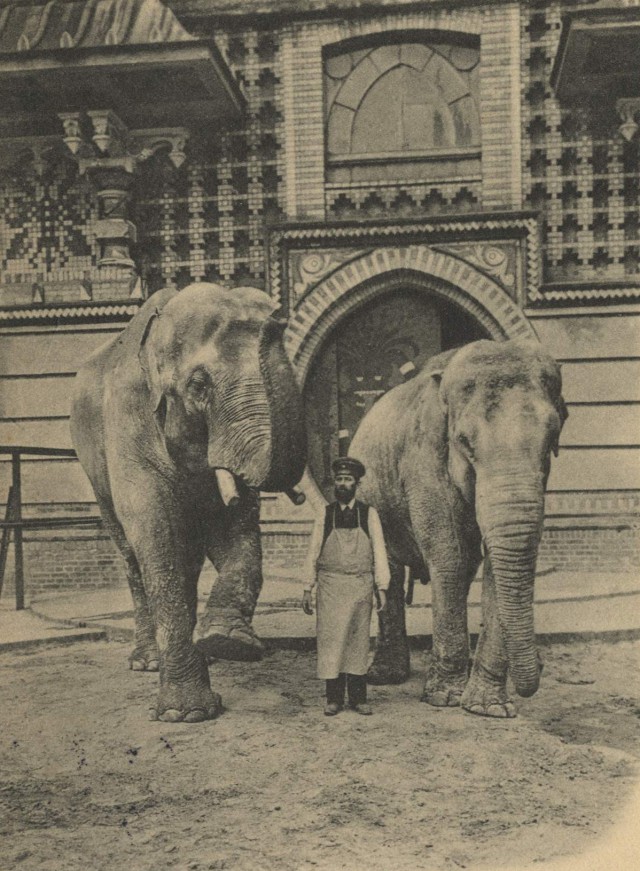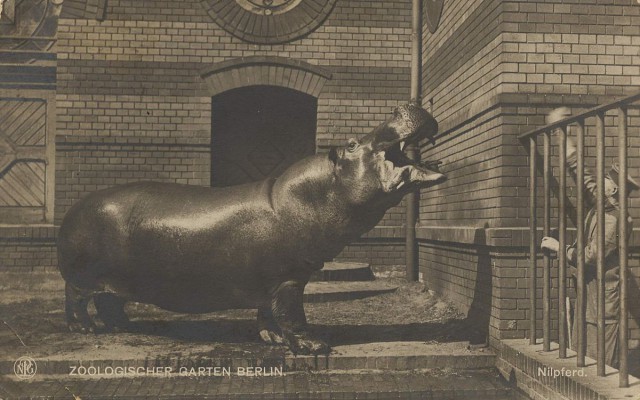During the Second World War, not only the Berlin Zoo but also other zoos across Germany such as the Zoologischen Garten in Düsseldorf and the Dresden Zoo were severely bombed and consequently destroyed. Despite years of existence and many promises of evacuation this did not happen and the animals were not spared. Many died due to injuries and mistreatment or due to hunger, poisoning or thirst and some of the few survivors that were left were put to use in an effort to rebuild what was destroyed, such as the elephants at the Hamburg Zoo. Nonetheless, some of the large and potentially dangerous animals such as panthers, jaguars and gorillas who managed to escape the unfolding inferno had to be chased down the streets and shot dead. It was hellish. In the Berlin Zoo only 91 of almost 4000 animals remained alive by the War’s end, including two lions, two hyenas, an Asian bull elephant, a hippo bull, ten hamadryad’s baboons, a chimpanzee, and a black stork. Here are two examples…
Siam
Having been born in its natural habitat in 1921, elephant Siam arrived from Circus Krone to the Berlin Zoo in 1933 where he lived for 26 years until his death in 1947. He was the only elephant out of seven to have survived the bombardments. Siam showed signs of psychological trauma due to his life in captivity and the depravations he was forced to endure in Nazi Germany. He died from Enteritis, an inflammation of the intestines. His life story has already been portrayed in several different media, including Life Magazine in its October edition of 1945 and in a book written by Curtis Christopher Comer entitled “The Elephant Gate: The True Story of Siam, the Last Elephant in Berlin”.
Knautschke
It was during my visit to the Museum für Naturkunde, in the taxidermy wing, which I came across the son of hippo Knautschke and was inspired to write this article. Perhaps one of the most popular and well-known inhabitants of a Zoo ever (apart from Knut, the cherished polar bear who tragically died in 2011), Knautschke became a global phenomenon after surviving an injury during World War II. He was born in May 1943 and during the last days of the war, when bombers destroyed the outer basin of the Hippo house, Knautschke lost his mother, who was mortally wounded, at the age of one and half years old. Through the use of animal keepers who watered the animal several times a day, and with the support of many inhabitants of Berlin, who brought food to the zoo in spite of their own food rations, Knautschke was able to overcome the severe post- War period. He was put to sleep in 1988 at the age of 46 due to serious injuries after a fight with his adult son, Nante. After Knautschke’s death a bronze sculpture of the original dimensions of the animal was created, laying in front of the Zoo’s hippo house.
Text: Matilde Velho Cabral, photos: Wiki Commons
* * *
 Matilde Velho Cabral is a Portuguese girl in love with the colorful corners of cities and the melancholic beauty of words. She published a poetry book, studied Law and recently moved to Berlin to do a MA in Convergent Journalism. She loves to communicate and wants to discover the intertwined patterns of those who inhabit Berlin. Often she likes to hear whale sounds and her favorite book is “Lolita”.
Matilde Velho Cabral is a Portuguese girl in love with the colorful corners of cities and the melancholic beauty of words. She published a poetry book, studied Law and recently moved to Berlin to do a MA in Convergent Journalism. She loves to communicate and wants to discover the intertwined patterns of those who inhabit Berlin. Often she likes to hear whale sounds and her favorite book is “Lolita”.

